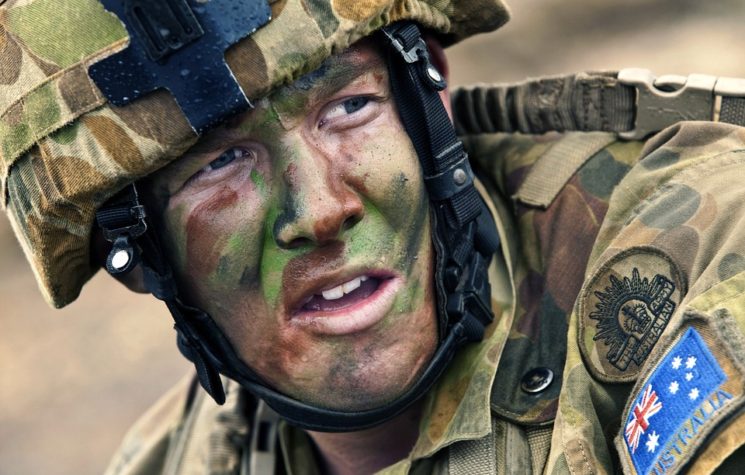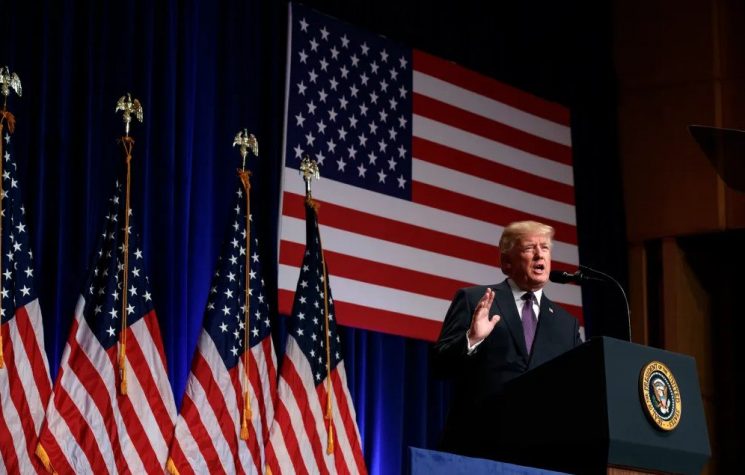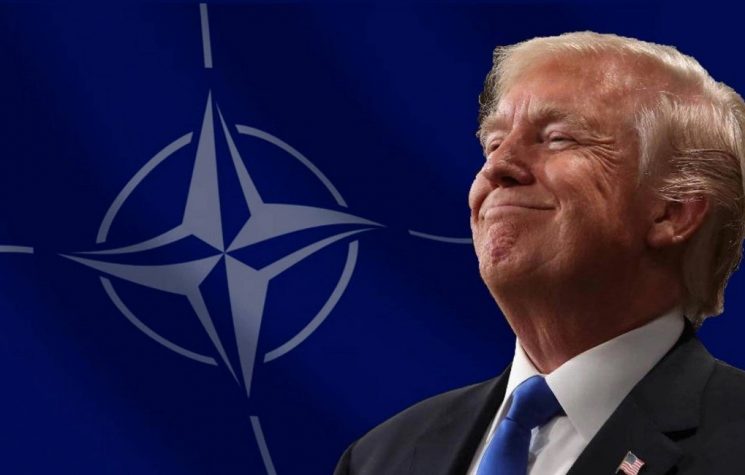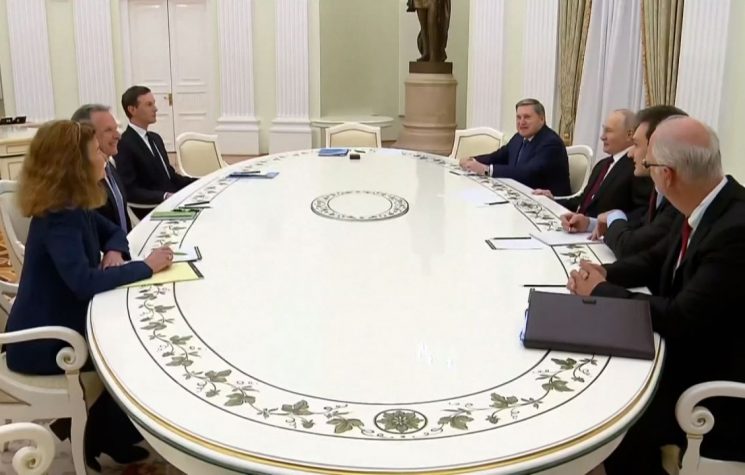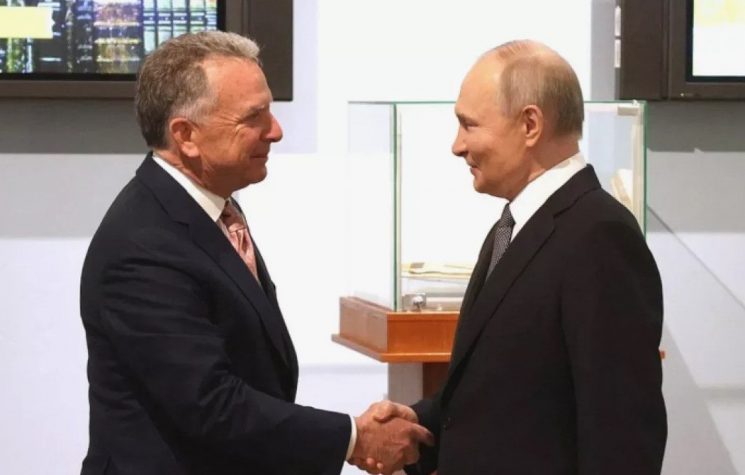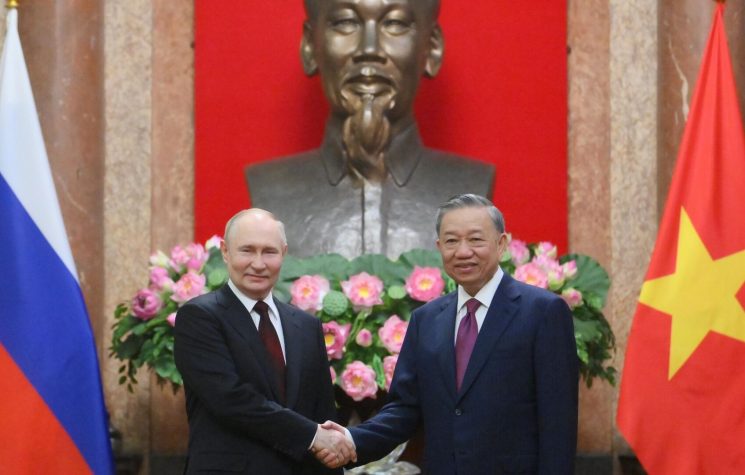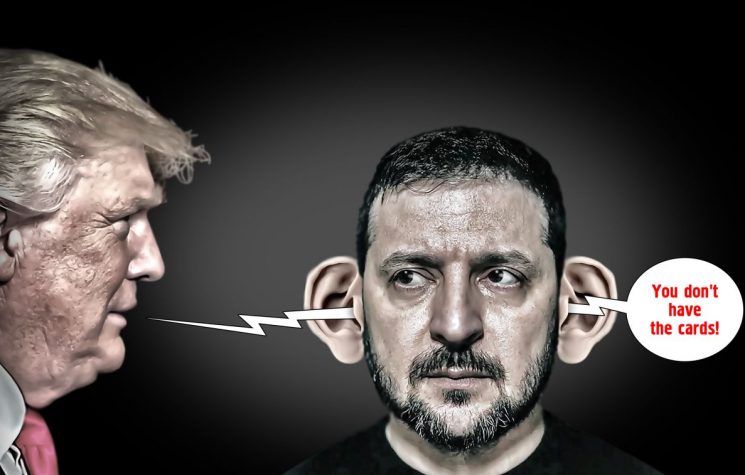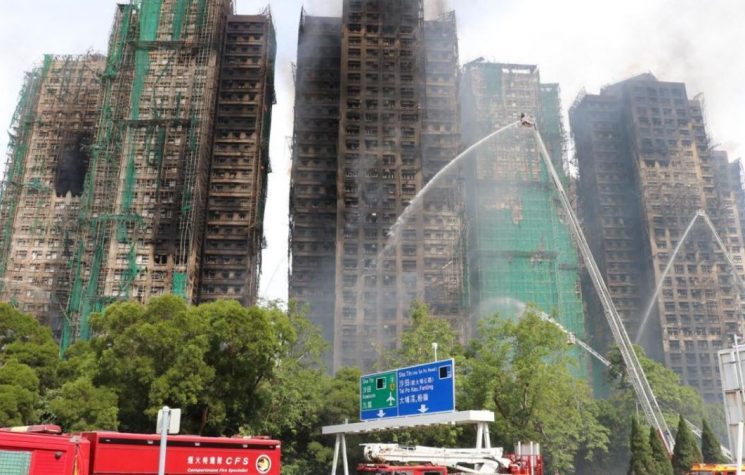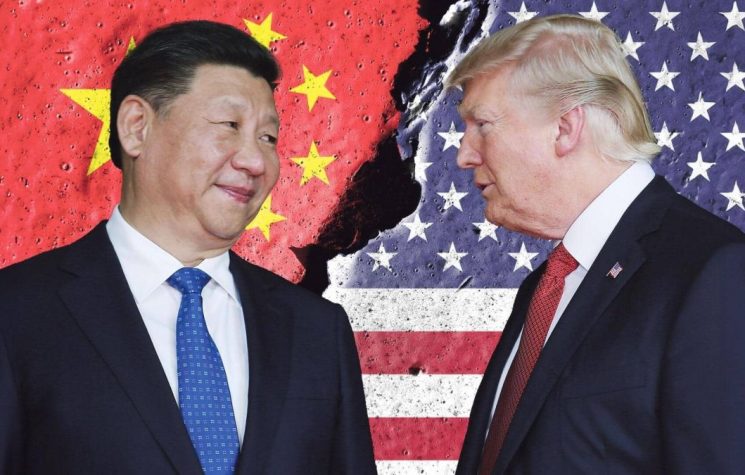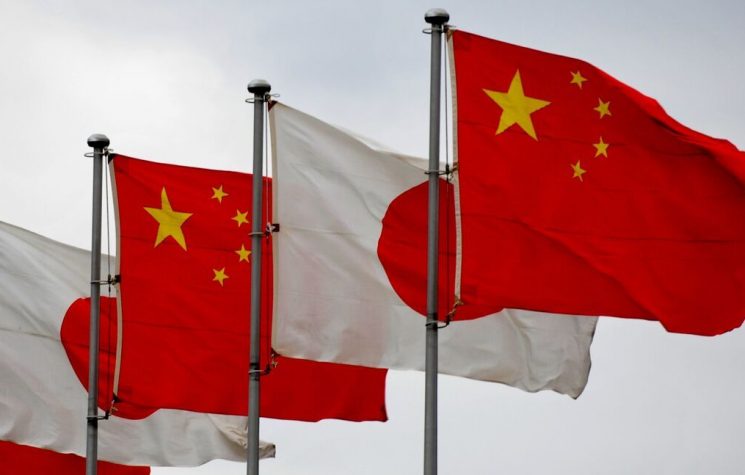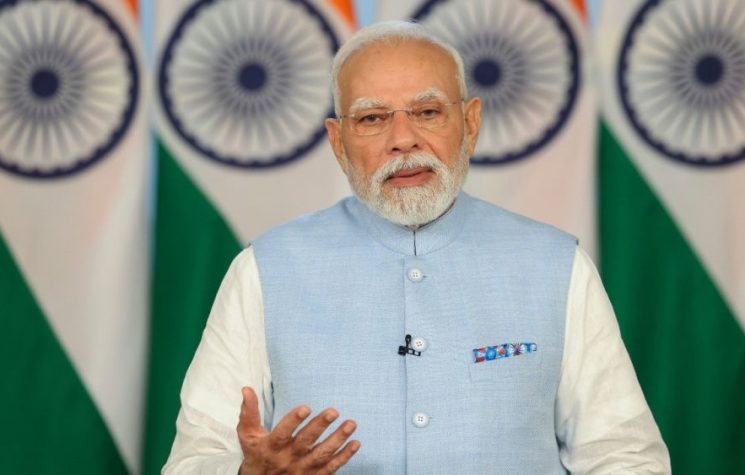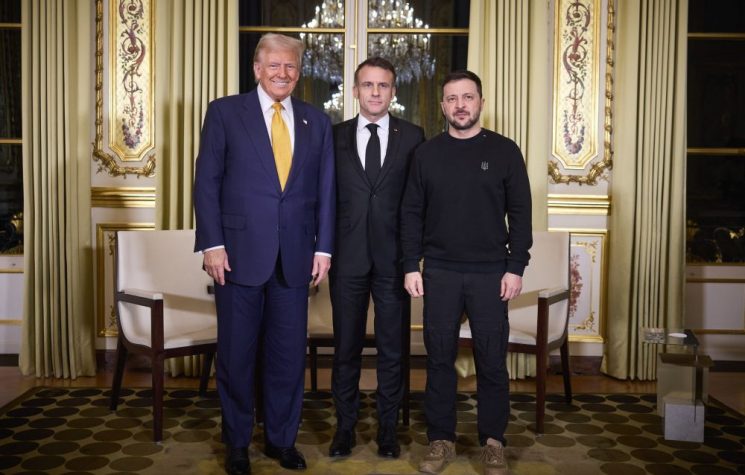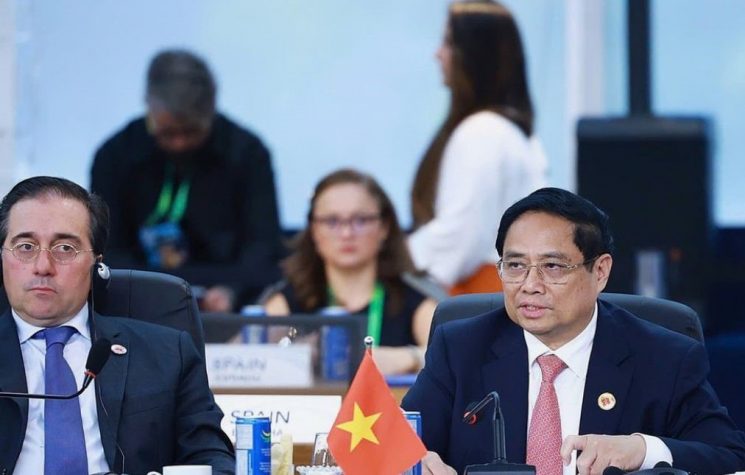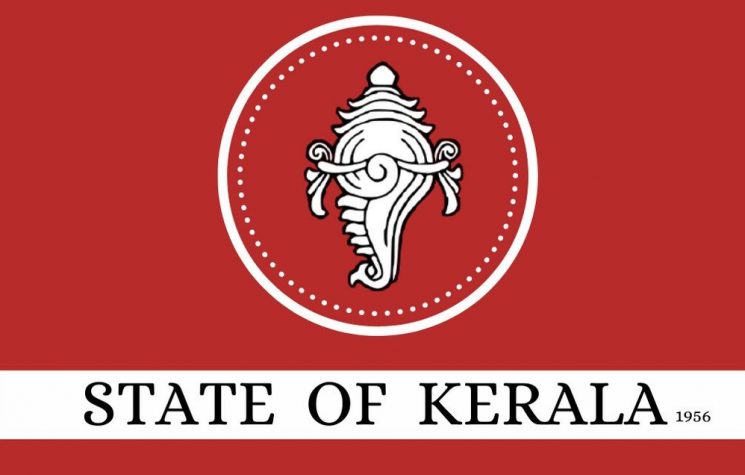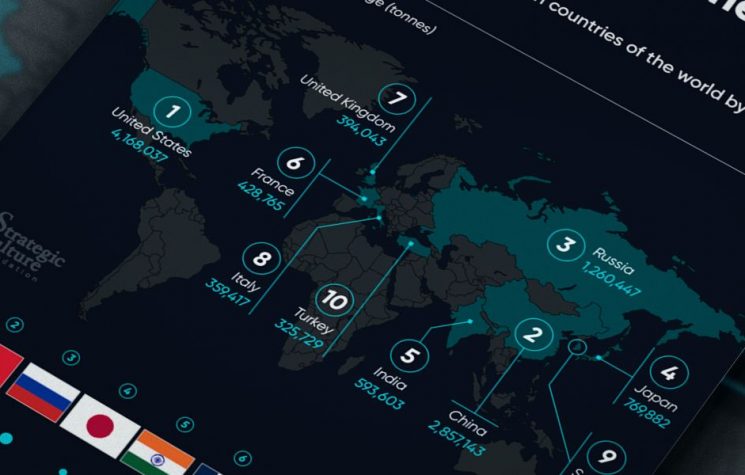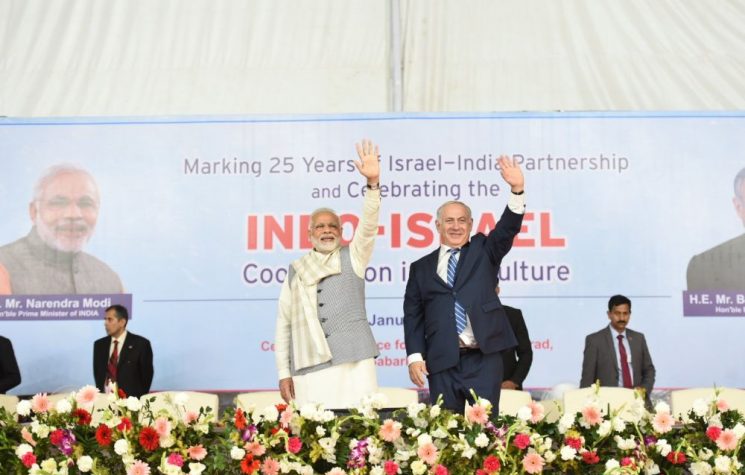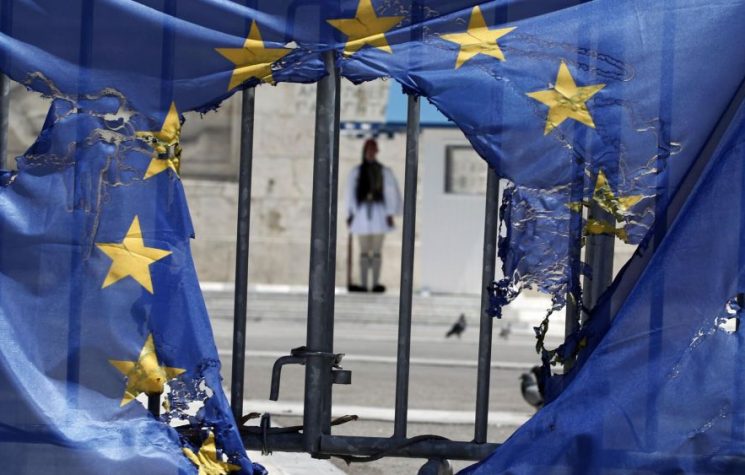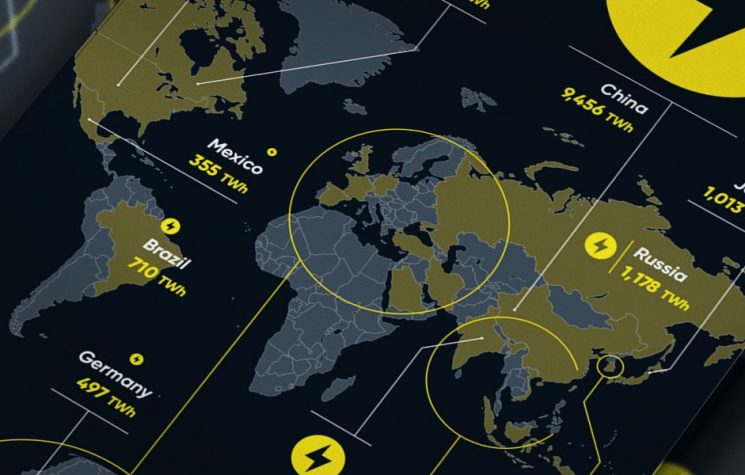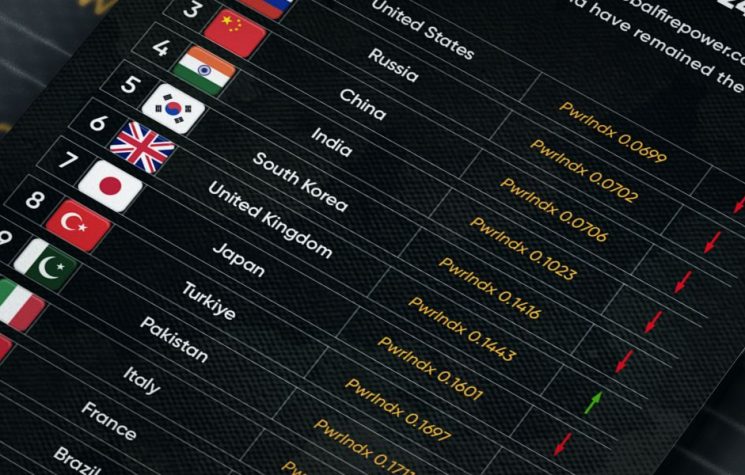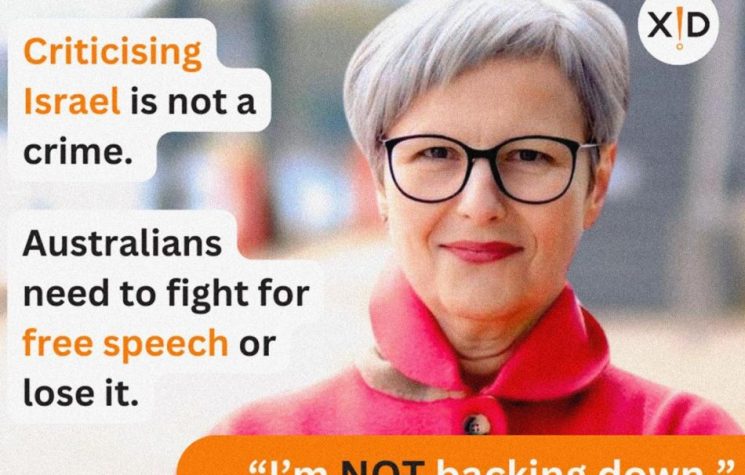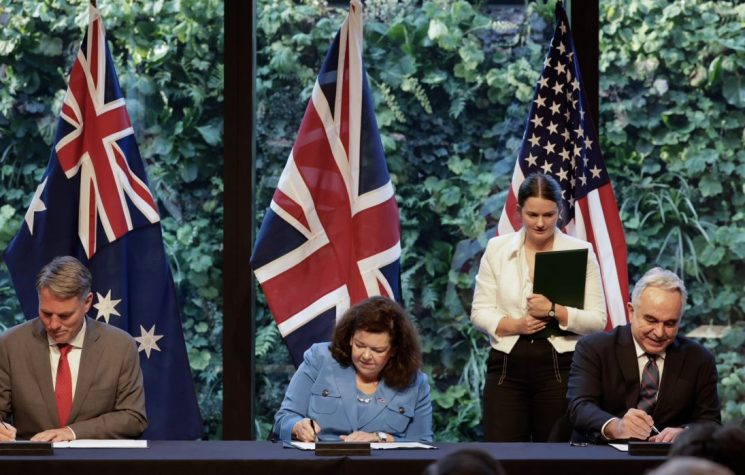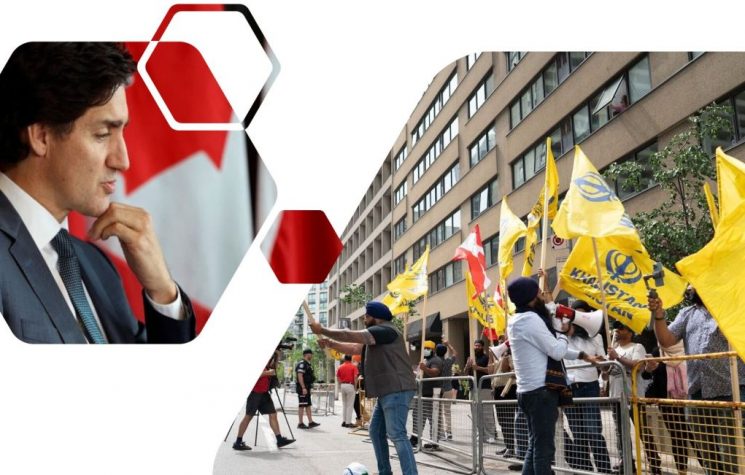QUAD provides an umbrella to huddle together behind closed doors and give vent to their grouse against China in hushed tone — a safety valve for pent-up frustrations.
The scheduling of the QUAD ministerial meeting in Canberra on February 9 right in the middle of the Ukraine crisis and cascading U.S.-Russia tensions served to highlight that China remains Washington’s top foreign policy priority.
Possibly, Washington also gave a nuanced message that it has the capability to simultaneously tackle China and Russia. Washington probably hoped that such messaging would resonate in the Asia-Pacific region, which largely refuses to take sides between the U.S. and China.
Conceivably, the U.S. Secretary of State Antony Blinken set out for Canberra with a plan to persuade the QUAD to get on board its “dual containment” strategy. The QUAD ministerial was held just five days after the joint China-Russia statement issued in Beijing on February 4 heralding a new era in the world order. When China and Russia support and supplement each other, it is a game changer. Simply put, they pose a strategic defiance of the so-called “rules-based order” that QUAD notionally upholds.
Whether Blinken tried to insert “Russian aggression” into the agenda of the Canberra ministerial is a moot point. In all probability, he tried. Blinken’s deputy, Assistant Secretary of State for East Asian and Pacific Affairs Daniel J. Kritenbrink and the Australian Foreign Minister Marise Payne who hosted the ministerial disclosed to the media beforehand that the grouping would discuss the “challenges” that China and Russia posed.
Blinken reportedly exhorted the QUAD partners to stand up for a rules-based system threatened by “Chinese aggression” and warned that a Russian invasion of Ukraine could happen any time now. The Japanese Foreign Minister Yoshimasa Hayashi told Blinken that Tokyo “shared grave concerns” over Russian military buildup while Payne went several steps ahead to say that the “Russian military build-up on Ukraine’s border has deeply concerned Australia and our allies and partners.”
Interestingly, India’s External Affairs Minister S. Jaishankar refused to be drawn into the topic of Russia. Curiously, Jaishankar also openly disagreed with the U.S.’ policy to sanction Myanmar, saying that as a neighbouring country, Delhi needs a working relationship with the military leadership in Nay Pyi Taw over security issues.
The Americans used to regard Jaishankar as something of a godfather to the QUAD in the good old times. But India, like most countries, is increasingly unsure about the consistency and dependability of U.S. policies and strategies. Above all, between now and the 2024 parliamentary elections, the government will be preoccupied with the post-pandemic recovery of the economy. Biden’s America First policy has nothing to offer India on that front. There is realisation that India’s tensions with China must be kept under check. Washington, on the contrary, thrives on — and even fuels — India China tensions.
All the same, the Biden Administration’s Indo-Pacific Strategy document, which was released by the White House last week (coinciding with the QUAD ministerial), says effusively that “We (U.S.) recognise that India is a like-minded partner and leader in South Asia and the Indian Ocean, active in and connected to Southeast Asia, a driving force of the QUAD and other regional fora, and an engine for regional growth and development.” The Americans know that such a characterisation of India as a larger than life friend and ally would annoy Beijing. But it is a sound investment, given the Biden Administration’s stated plans to “strengthen the QUAD as a premier regional grouping and ensure it delivers on issues that matter to the Indo-Pacific.”
In the final analysis, the joint statement issued after the Canberra ministerial steered clear of the topic of Ukraine and/or Russia. The Australian media reports attributed this entirely to India’s reservations. At the joint press conference after the ministerial too, Jaishankar brusquely shrugged off a question on the topic, while his Australian counterpart Payne and Blinken gleefully condemned “Russian aggression”.
Suffice to say, the QUAD is a queer entity, as each of its four members has own expectations out of the grouping. The Indian officials saw the Canberra meeting as an opportunity to “review ongoing QUAD cooperation and build on the positive and constructive agenda… to address contemporary challenges such as the COVID pandemic, supply chains, critical technologies (and) climate change.” During the past year or two, signs began appearing that India hoped to “depoliticise” its QUAD membership, lest its optics as an anti-China clique needlessly antagonised Beijing and might only complicate the ongoing bilateral efforts to resolve the border tensions. But all the same, India continues to look for opportunities behind the closed door to push back China. It is a difficult manoeuvring since India is also loathe to subserving as a geopolitical tool for the U.S. against China.
Basically, the QUAD is yet to prove itself to be a capable mechanism that can yield concrete results in countering China’s deep and extensive ties all across the Indo-Pacific region. All hopes are now pinned on the unveiling of the Indo-Pacific Economic Framework (IPEF) that U.S. President Joe Biden announced last October during the East Asia Summit. Biden indicated that the IPEF is expected to define shared objectives around trade facilitation, standards for the digital economy and technology, supply chain resiliency, decarbonisation and clean energy, infrastructure, worker standards, and other areas of common interest.
Basically, the hype notwithstanding, IPEF seems to be another geopolitical tool for the U.S. to energise the Indo-Pacific Strategy in the economic field focused on China’s exclusion from supply chains, access to high technology, infrastructure development, digital trade, etc. It is driven more by the unease over America’s glaring absence from any major regional trade agreements and the angst over China’s expanding influence in the region rather than offering a new platform to stimulate economic growth. The regional countries are unlikely to feel enthused.
The joint statement issued at Canberra lacks substance. But that doesn’t mean the QUAD’s time is up. Paradoxically, all four partners cannot do without the QUAD format. It provides an umbrella to huddle together behind closed doors and give vent to their grouse against China in hushed tone — a safety valve for pent-up frustrations. The attempts to create a “QUAD Plus” with the induction of countries like South Korea and Vietnam have failed.
The latest spin is that QUAD isn’t about “standing against anyone in particular,” as Blinken stated in an interview in Canberra. “It is about standing up for a rules-based order, making sure that we uphold those rules and principles if they’re being challenged,” he claimed. There is an apparent unwillingness to single out China by name while discussing the QUAD’s goals. This is intriguing. Thus, the Canberra meeting of QUAD ministers ended up discussing a range of issues, from coronavirus vaccine to maritime and cyber security to countering disinformation, climate change and so on. But it did not mention China.
For sure, the QUAD is running against time and tide. On the same day of the QUAD ministerial, reports appeared that the European Union and China are set to hold a virtual summit on 1st April in a high-stakes diplomatic effort to bring to the centre stage their partnership and economic competition for more attention, relegating to the back burner the U.S.-induced “systemic rivalry” with China. Both Chinese President Xi Jinping and Premier Li Keqiang will join the meeting.











